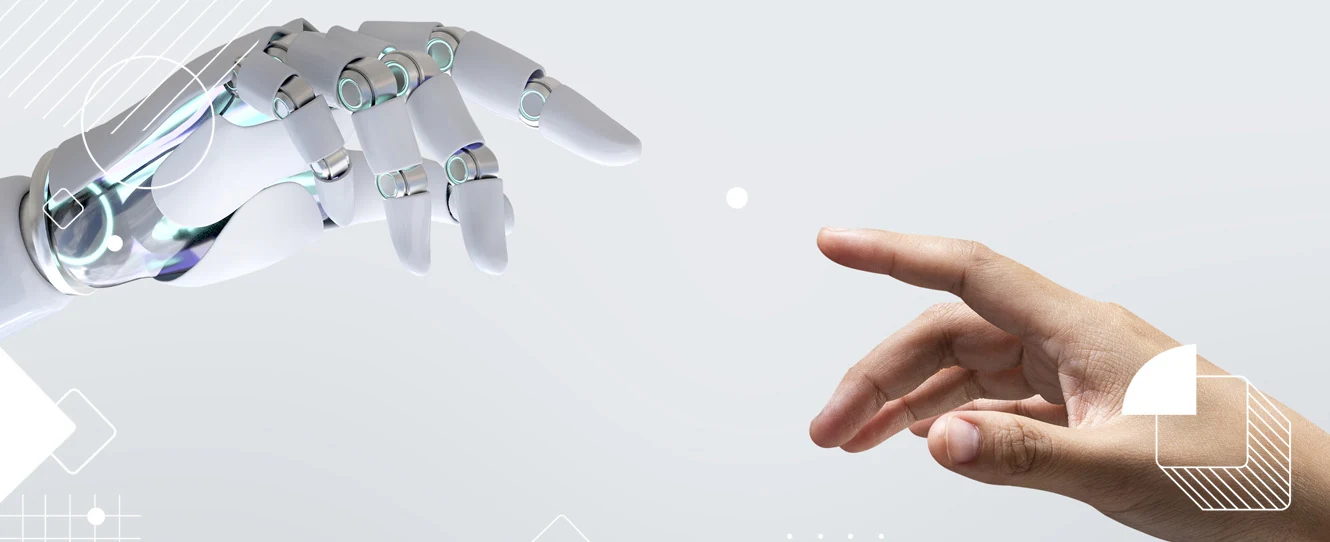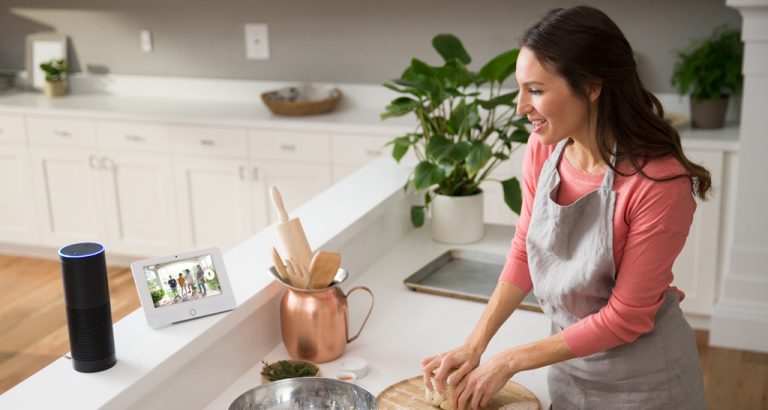
How to listen to customers to avoid crucial mistakes
We’re living in the era of overabundance rather than welfare, and desire more than what we need. We’re constantly encouraged with that, and most of the times we don’t even actually need it, thus we lose sight of our real reference points.
When you’re working in this industry, with CATI surveys, your priority is to observe and take care of what people need, so you either have to naturally be able to build a bridge between you and the customers, or you have to learn how to do it well.
It’s not about just listening and condescending to them, but creating small listening experiences that could actually bring value to the customer and the company. What does that mean? It means that if a company is bringing value to something, then it is really caring about the purpose of the project and the requests of the customers, even before thinking about the income.
We’re talking about “listening”, a sympathetic working attitude in order to give the best performance ever.
Nowadays, listening to the customers is technically a lot easier than a decade ago. There are more and different medias to stay in contact with, not just the phone assistance service or sales shops, there are social networks and all kinds of benefits that being connected 24/7 could give. But since it’s such a vast platform, there could obviously be hidden and dangerous pitfalls, because you absolutely can’t dive into the abyss of social networks without a scuba suit and tank, and some sort of weapon to defend ourselves from the sharks that are going to attack us.
Who are these sharks? Well, they’re all those crucial mistakes you could make when you’re interacting with an unlimited variety of clients that contact us. This is what I’ve learned in these last few years working in this company, because everybody knows that sharks have very sharp teeth, and I had to heal some wounds.
Thus, what’s the best way to productively listen to the customer and take care of their needs and welfare in order to possibly receive a positive and mostly a clear feedback?
The valuable instruments for the “listening”
Currently, the instruments we have to listen to the customers of a company are various and definitely effective, it depends on what we’re aiming to.
We could directly involve the users in a test, giving them the opportunity to test the product and either express their satisfaction or uncertainty. We could use our digital medias, such as fan pages and groups, to “spy” and interact with them through the comments and collect their satisfaction, or we could even send the questionnaire via e-mail to the sample.
All these methods are more or less efficient, but we always need to evaluate the type of customers we’re relating to.
CATI is one of the instruments we have and considering the average of results we’ve achieved with it, it is an effective and simple method without a doubt, besides it allows to reach a very wide sample of users.
Using the CATI method to listen to the customers is engaging them to the research at first hand through the most important thing they could give: their opinion. Giving them the opportunity to directly express their opinion on a product or service provided intends to put the Customer at the heart of it all. And what could be more important than that if those customers are going to benefit from that same service?
Our long experience in this industry has made us capable of positively evaluating the quality of this method compared to the others, because we learned on the hard way that the customers love to be directly brought into play without any filter. Even if sometimes they seem to be annoyed or elusive, deep down, we get to their narcissism.
In conclusion, we need to ask ourselves two questions: why is it so important to listen to the customers? And why do we choose the CATI method to do it?
Listening to the customers is not just important, it is essential, because they make the economy work and they are purchasing that same product we’re asking their opinion for, and that product or service provided is going to make their lives a little bit better.
The answer to the second question is a little more technical: choosing to use the CATI method to listen to the customer, using the appropriate technical equipment, is the best choice because the quality of the data is guaranteed, thanks to the conducted interviews that you can promptly verify and, in case, correct. Besides, the software used is allowing us to reduce the timing of the interview, to carefully monitor the data we’re collecting ongoing, and to prepare the final reports a lot faster than if we were using obsolete methods.
Do you think that it is not enough?
If time is money, it’s not going to be difficult to understand how CATI could be decisive with a view to achieve an excellent business development.
If you need help, write me to e.armato@iff-international.com
Ennio Armato (Branch Manager, Italy)
Other Articles
-
Market Research Overview19 December 2024
European market research trends 2024: quantitative insights across the Big Five
If you think about market research 20 years ago, the first image that comes to mind is probably rows of cubicles, each occupied by an interviewer with headphones on. Call centers w... -
Market Research Overview21 September 2022
Metaverse Market Research – Maybe is possible
This article is not about a research on the metaverse, but what the metaverse represents for the world of market research. I will be talking about it at the next Printemps des Étud... -
Market Research Overview5 July 2021
The best AI tool for market research
I’m biased, I can’t hide it: I feel this AI tool for market research as my own creature. Only after months of working on this mix between vocal assistant (Alexa) and data collect...


